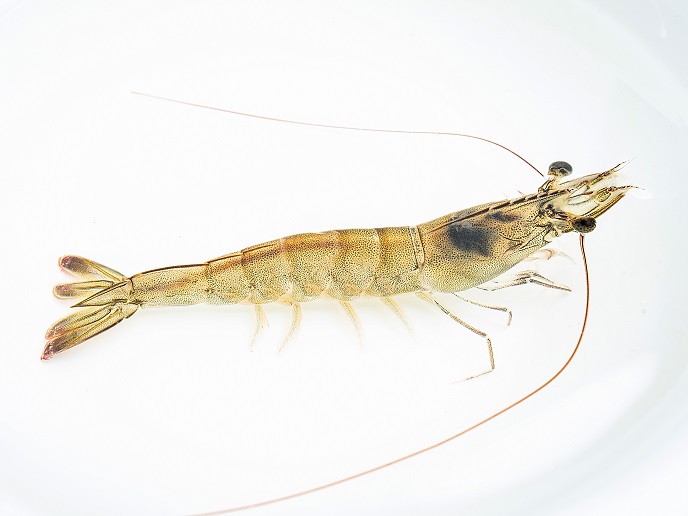Can fish catch colds?
The simple answer to the question of whether fish can catch a cold is: no. This is because fish don’t have lungs or a respiratory tract – or a nose to breathe through, for that matter. This is why you’ll never see a fish with a hacking cough or a runny nose. This isn‘t to say that fish cannot get ill, of course. “Fish – as well as bivalves such as mussels and oysters and crustaceans such as shrimp – exchange oxygen and carbon dioxide through their gills,” explains Nauwynck, from Ghent University(opens in new window) in Belgium. Waterborne viruses have evolved to attack the gills in the same way as airborne viruses have evolved to attack the lungs. “Gills are coated with a kind of mucus that acts as a kind of protective barrier. When this mucus is disrupted, this can create openings for viruses to infect the animal. You wouldn’t define this infection as a cough or a sneeze, though.” Nauwynck notes that crustaceans – including shrimp – have an additional defence. These creatures are incredibly resistant to viruses, in part because they are covered by a hard shell, or cuticle. “This is almost like plastic, and acts as an extremely efficient barrier,” he notes. “It is very difficult to infect a crustacean even through the gills, because these are also covered by the cuticle.”
The secrets of shrimp
This doesn’t make shrimp entirely immune, though. Worldwide, annual losses to disease(opens in new window) in shrimp aquaculture are estimated to be around EUR 1 billion, and 60 % of these are caused by viral pathogens. As a veterinary virologist, Nauwynck has spent a number of years investigating how exactly shrimp are infected. His team was able to identify a new organ system, called the nephrocomplex(opens in new window), as the weak spot in the animal’s defence. “The nephrocomplex is made up of a bladder and a kind of kidney, with sacs that animals can fill with fluids,” he explains. “This is located in the head, which for us is kind of crazy. There is an opening near the mouth, through which the animal can urinate.” Nauwynck recognised that this is the opening through which viruses can enter, because it is the only place on the animal’s surface not covered by the cuticle. Thus for crustaceans such as shrimp, it is not breathing that represents the biggest threat of viral infection, but rather, urination. Nauwynck also discovered that the nephrocomplex explains how shrimp grow. “The shrimp is contained in this exoskeleton,” he adds. “They have to moult this outer shell in order to grow. But how do they do this?” By filling the sacs of the nephrocomplex up with water, the animal is able to force its way out of the shell. As the new cuticle underneath is still soft and rubbery, the shrimp is able to continue pumping the sacs full of fluid, allowing the animal to grow. As Nauwynck points out: “Virologists are able to solve not only viral problems!”
Reducing shrimp infections
Nauwynck has continued to research shrimp infections, most recently through the EU-funded ShrimpLLH project, undertaken with the support of the Marie Skłodowska-Curie Actions(opens in new window) programme. The work conducted could have important economic implications for the fishing industry. “While shrimp farming is booming, viral infections represent the biggest challenge,” he says. “Understanding that urination represents the greatest risk factor gives us an opportunity to address this.” One way might be to develop less aggressive breeds, as shrimp urinate continuously, in part as a defensive mechanism against rivals. Suddenly a stranger coughing on the bus doesn’t seem so bad. Click here to find out more about Hans Nauwynck’s research: Helping shrimp defend themselves against disease.



